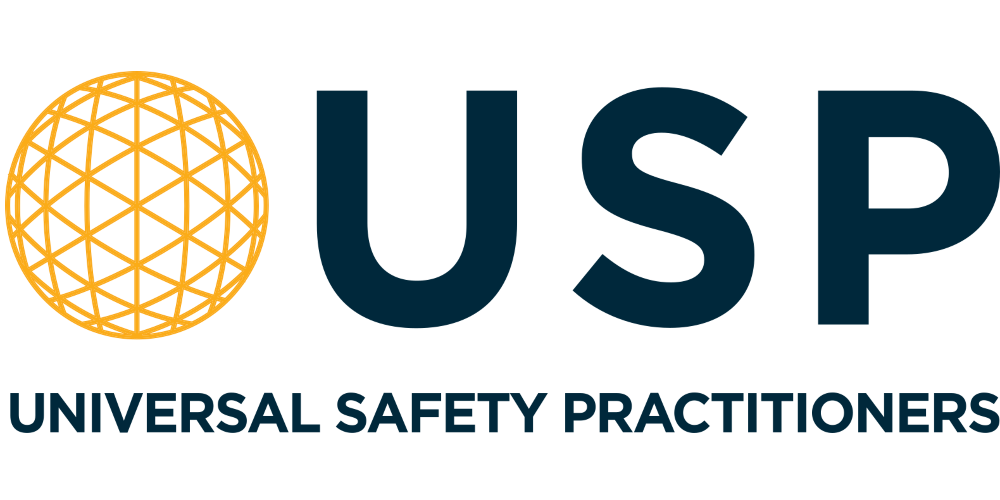What is CHAS? The Benefits Of Becoming CHAS Accredited


Looking at becoming CHAS accredited and understanding what is CHAS?
If you are a contractor working in the construction industry, you need to demonstrate to your existing and prospective clients that you ensure the Health, Safety and Welfare of your employees, other contractors and anyone else who may be impacted by the work that you are doing.
From a client’s perspective, appointing contractors can be a time-consuming task, often working to a checklist to determine whether or not prospective contractors have all of the relevant documentation and processes in place to ensure Health and Safety compliance.
What is CHAS?
CHAS (The Contractors Health and Safety Assessment Scheme) is an accreditation that proves that a contractor’s health and safety processes meet a benchmarked standard.
Whilst there is no statutory requirement to hold a CHAS accreditation, many clients in the construction industry insist that any contractors they engage are accredited, either with CHAS, or one of the other accreditation schemes.
CHAS comes under the umbrella body of SSIP (Safety Schemes in Procurement). SSIP is supported by the Health and Safety Executive and is committed to ensuring the reduction in health and safety assessment costs and bureaucracy in the supply chain, by making cross-recognition between member schemes as effective as possible.
What are the benefits of being CHAS accredited?
Becoming an accredited member of CHAS will bring with it numerous benefits. Whilst being CHAS regulated will not guarantee that your company will gain more work, it can improve the amount of business opportunities that you get. This is because your company will be added to the publicly searchable database of all CHAS members, which can be looked through by client’s when it is looking to engage a contractor.
From an advertising perspective, when you become a CHAS member, you will be entitled to use the CHAS logo on both paperwork and your website. This will show potential clients with peace of mind that you have met a required standard.
There are whole host of benefits that are available to you upon becoming CHAS accredited. A full list of the benefits can be found here.
CHAS application process / Completing your application
The first steps in the application process are to inform CHAS about your company and chose the membership package which suits you.
Once this is done, you come to the most important stage of the application. This stage involves uploading your paperwork which demonstrates your company’s compliance. Below are some examples of supporting evidence which may need to be submitted:
- Your health and safety policies.
- Evidence of risk assessments and method statements.
- Insurance documents.
- Records of maintenance and testing of equipment (such as PAT).
- Records of on-site health and safety inductions.
- Proof of training and certification.
- Evidence of health surveillance.
Once this has been completed, an assessor will review your application and will let you know whether your application has been successful or not.
How to get CHAS accredited?
At USP, we have helped many of our clients to become CHAS accredited. If you would like to become CHAS accredited, or gain accreditation of any scheme under SSIP, please get in contact with us today at info@universal-safety.co.uk or call us on 01903 529 401, for more information on how we can assist you.
We would recommend being CHAS accredited to any company working in the construction industry, as the accreditation boasts many benefits.
